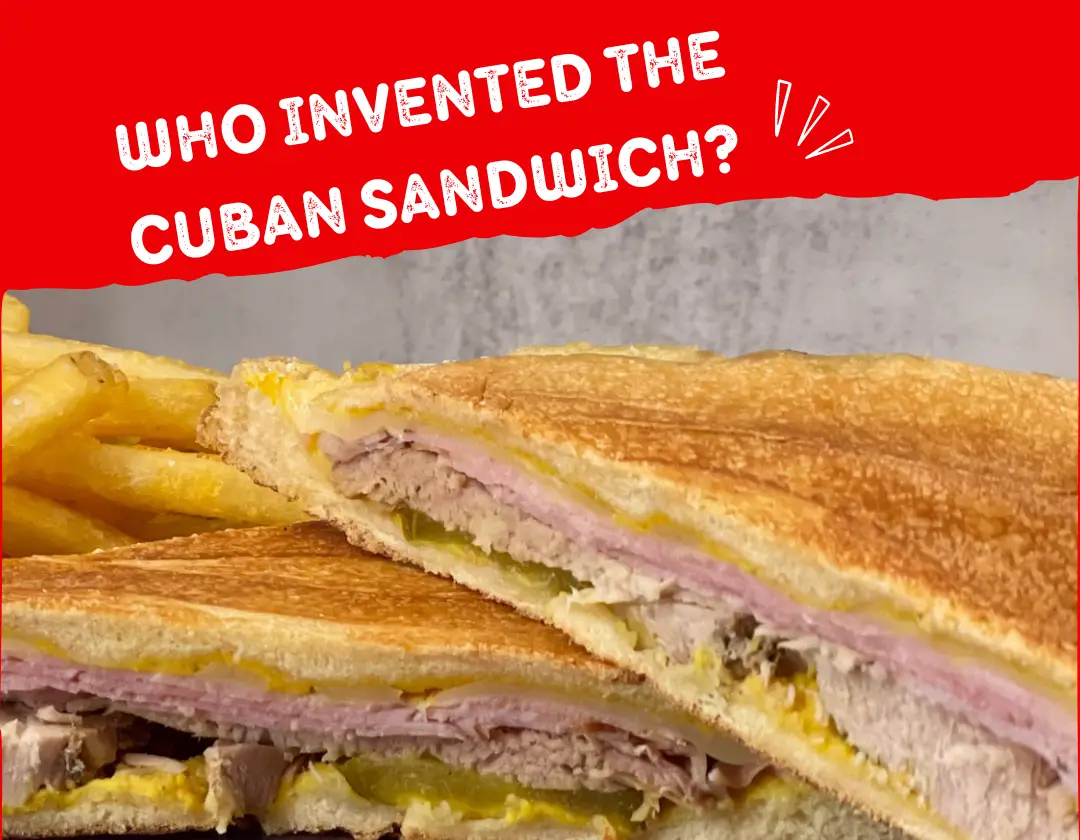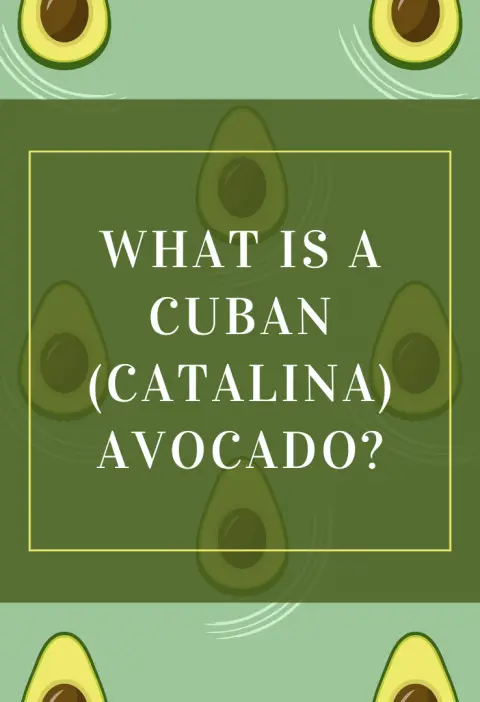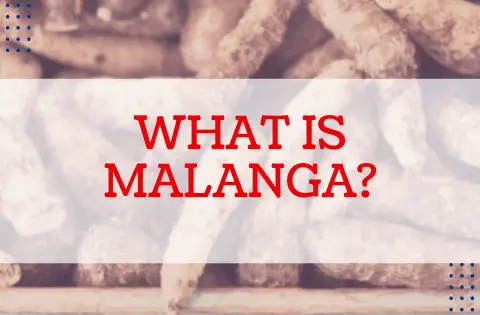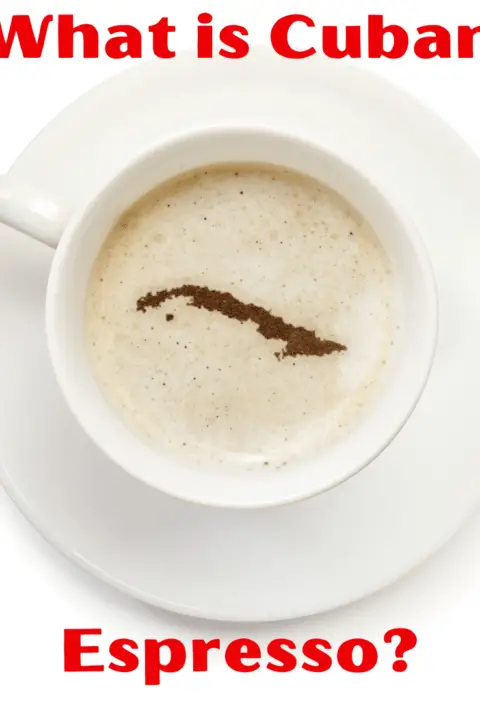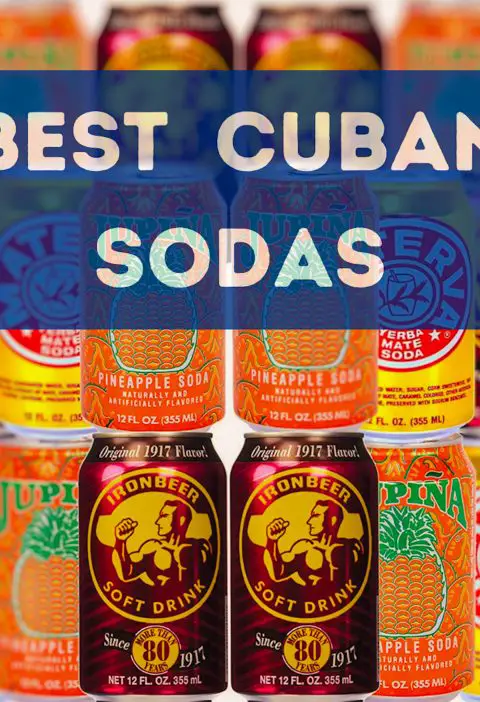No one knows quite who invented the Cuban sandwich as we know it today, but there are numerous tales that are told about the Cubano, which asserts that the sandwiches origins date back more than 500 years.
The sandwich has been around for thousands of years in various incarnations, but we don’t know who actually originated it. Hillel the Elder, a rabbi and philosopher who was born in Babylon and lived in Jerusalem in the first century B.C., was one of the earliest recorded sandwich eaters.
Taíno Tribe
There are many tales about the first Cuban sandwich being introduced by the Taíno tribe. This tribe inhabited the island nation long before Europeans arrived to the Caribbean, and they used a casabe bread made from locally foraged yuca, in order to make a casabe cake. This flatbread was hard and just like a cracker, and could also be quite toxic if not prepared properly.
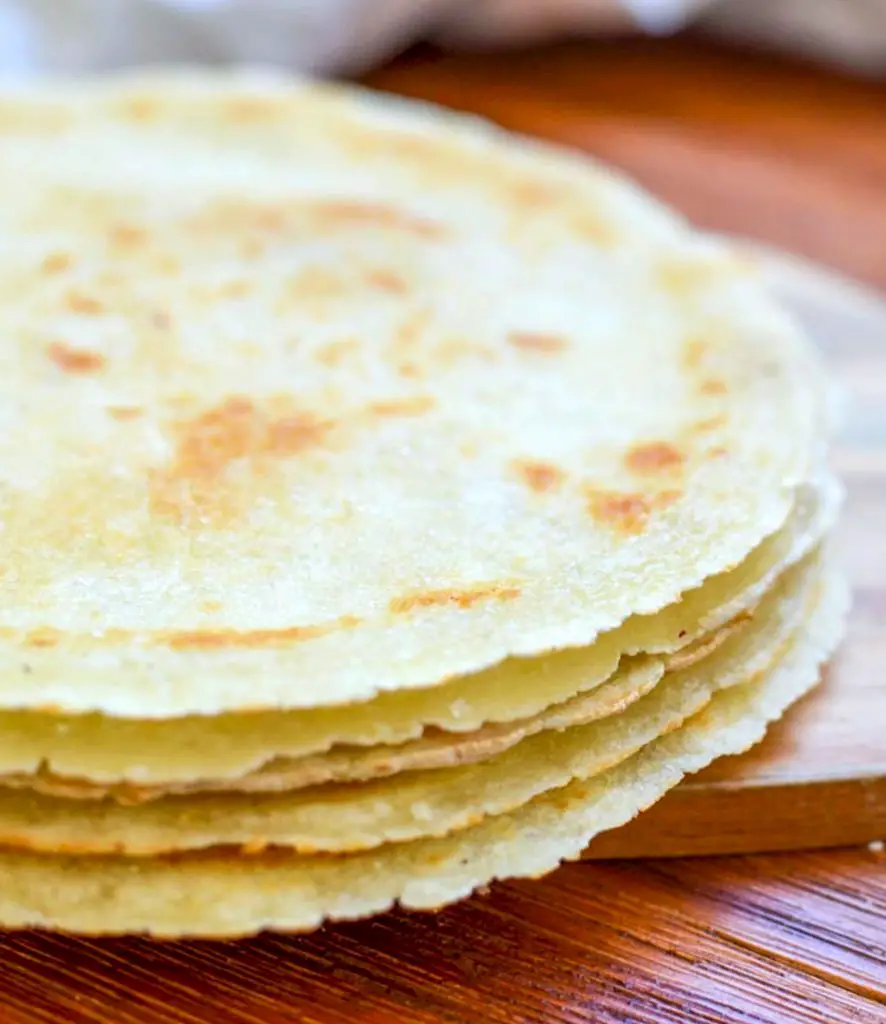
In fact, in the Middle East and the Mediterranean region, flatbreads have a long history.
500 years ago, however, pigs had not been introduced to Cuba. It was not until the Spanish arrived that pork would be introduced to the island nation, so the tribes of old would sandwich fish and bird meat between two slices of their flatbread. Eventually, after the arrival of the Spaniards the fish and fowl meats gave way to pork, and the traditional casabe was replaced with bread. The most traditional form of Cuban bread, is referred to as water bread, and consists of a simple recipe of water and flour.
John Montagu, The 4th Earl of Sandwich
While it’s no doubt that bread had been available 500 years ago in Cuba, the concept of sandwiches was a lot newer. It was the Earl of Sandwich, John Montagu who is attributed with producing the first true sandwich back in 1762. The 4th Earl of Sandwich visited Turkey and other parts of the Ottoman Empire in the middle of the 17th century, which may help to explain how he came up with the concept.
The Earl was a problematic gambler and spent way too much time playing cards. During one particular game, he asked for something that he could eat with his hands, and was brought two pieces of bread filled with meat.
The problem with original bread slices, was that the bread was generally too tender to slice thinly enough to make sandwiches when fresh. Instead, bread would be left to go stale for several days so that it would be easier to cut with a traditional knife. Cuban sandwiches were different. The Cuban bread that was produced was perfect for sandwich making, and it allowed sandwiches to be produced with fresh bread rather than stale.
The Cuban Mixto
Originally referred to as the Cuban mixed sandwich, the “mixto” quickly grew in popularity in old Havana prior to the great migrations to Key West in the mid to late 1800s. After the migrations, it seemed as if everyone had a different version of the popular sandwich, and the social elites of New York and the New England states quickly fell in love with the Cuban sandwiches. But none of these earlier varieties would truly grow in popularity until the Columbia built its original Cubano sandwich in the early 1900s.
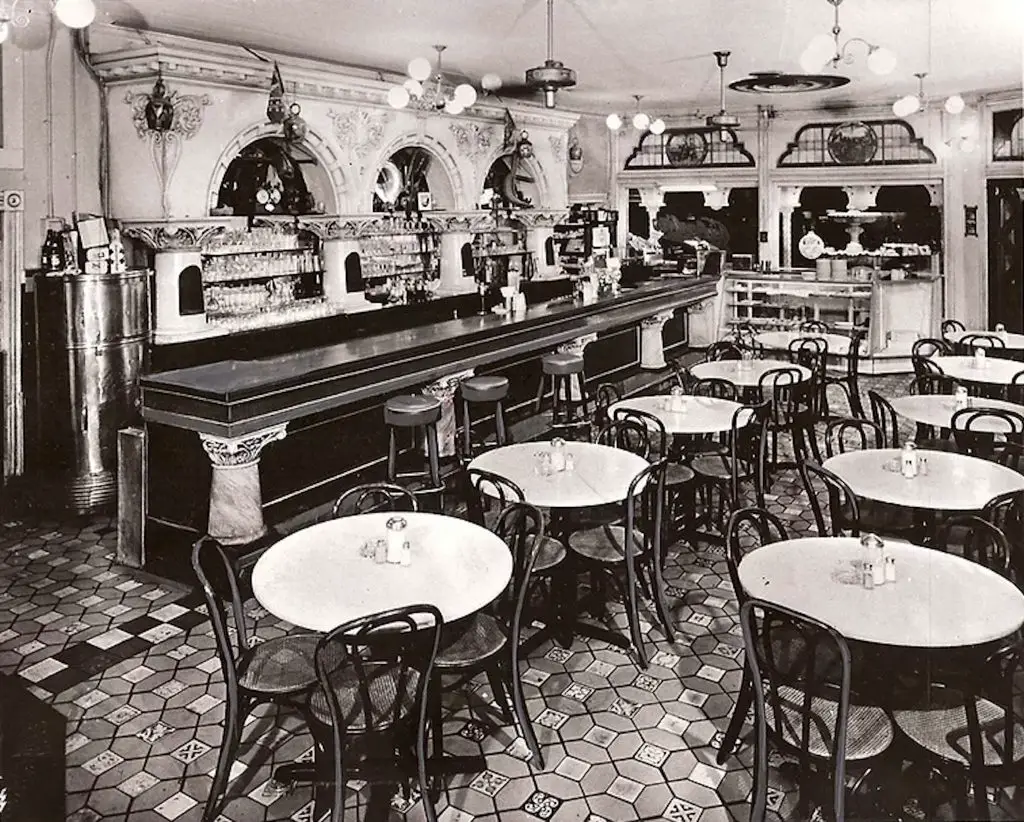
The first Cuban sandwiches as we know them today, were built with a 9-inch-long loaf of La Segunda Bakery Cuban bread. The bakery itself, has been producing bread the same way for several years. At the time, the bread cost the Columbia a mere three cents per loaf.
Where Was the Cuban Sandwich Invented?
Many people will still argue the exact location where the first Cuban sandwich was made. Immigrants to South Florida insist that the first Cuban sandwich could be found in Key West, simply because of the large population of Cuban immigrants in the city. However, there are others who believe that the Cuban sandwich’s origins can be found in Tampa.
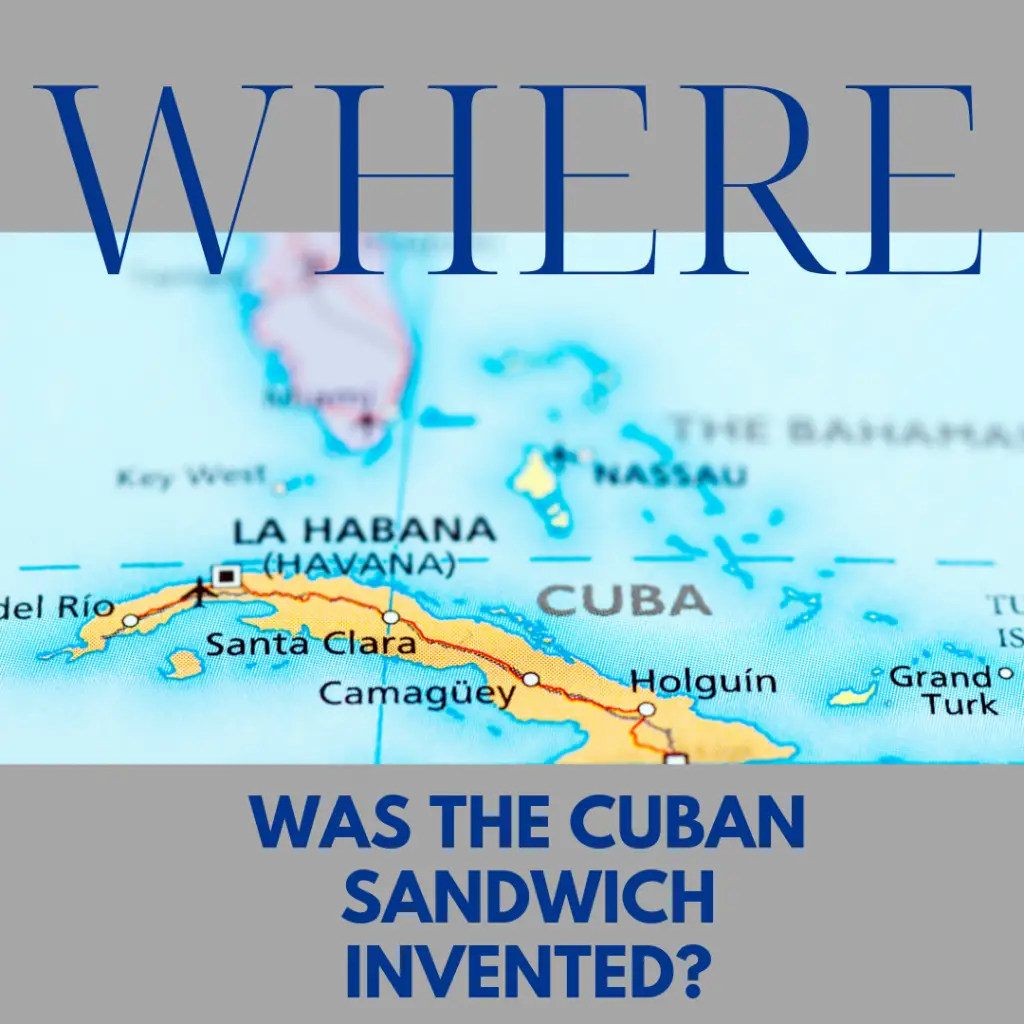
Key West
During the 1800s, a number of factories began to pop up in Key West and Miami. It was discovered that the cost of manufacturing Cuban cigars was a third of the cost of buying them from Havana. As a result, the industry blossomed. In 1840, there were a mere 700 Cubans working in Key West, but by 1890 that number grew to 18,000. There were more than 86 cigar factories in South Florida, with 20 of those employing several hundred workers each. The largest at the time was the Édouardo Hidalgo Gato Cigar Factory who employed more than 500 Cubans.
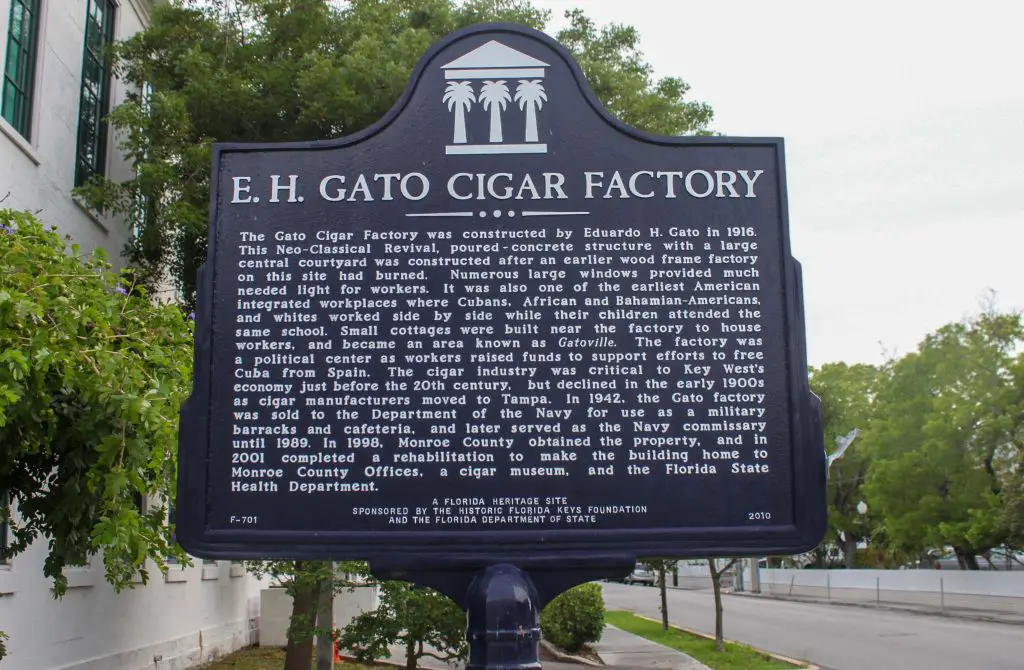
At the peak of its reign, Miami was producing more than 100 million Cuban cigars on an annual basis. It was a booming industry which put Key West on the map. But all of that changed in 1886 when a mysterious fire broke out. The hard to control fire was fed by stockpiles of tobacco leaves, and in the end some of the largest factories in Key West were completely gutted. Only a year prior, Ybor city had been established in central Florida, next to the city of Tampa. After the factories in Key West burned down, many of the Cuban workers relocated to the Tampa area.
Tampa
Ybor city was established back in 1885 by Vicente Martinez-Ybor, for the sole purpose of manufacturing Havana cigars. When the city was first established, they had a hard time finding sufficiently skilled artesians to roll cigars, as most of the Cubans in Florida made their way to Key West and Miami. However, after the large, mysterious fire broke out in Key West and gutted several major factories, many immigrants relocated to the Tampa area, and began to work within the cigar factories of Ybor. By the end of the 1900s, Ybor city became one of the largest producers of Cuban cigars in the world.
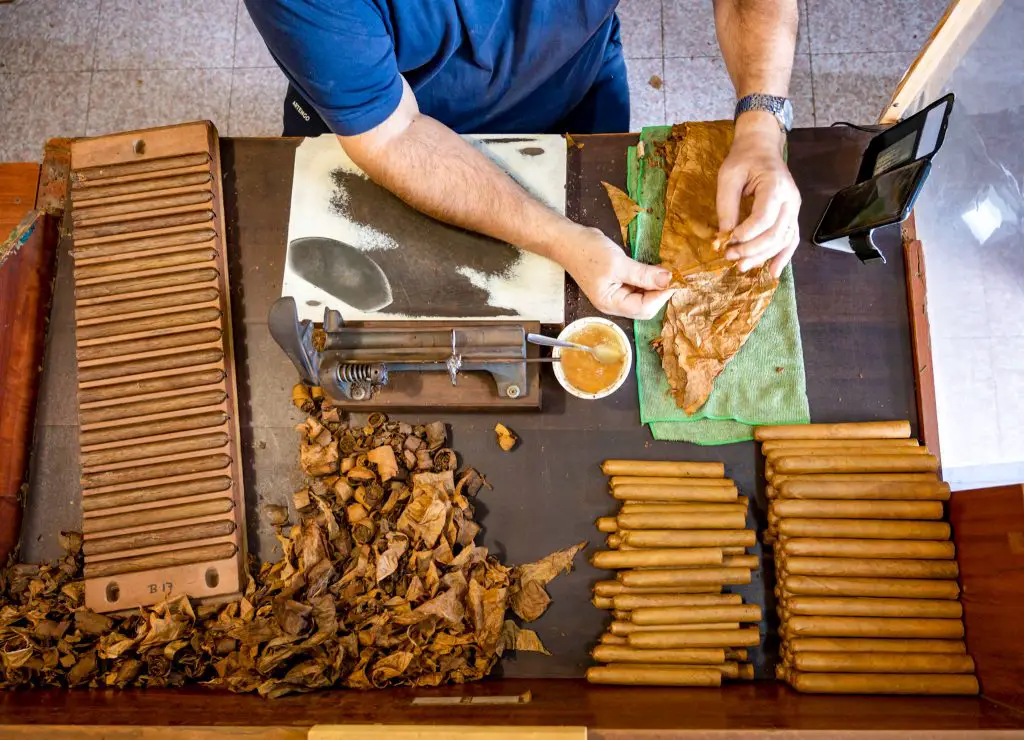
Eventually, the cigar factories of Ybor city would fall as a result of modernization. After the Great Depression there was a smaller demand for the popular cigars, and mechanization reduced the number of immigrants needed to produce the popular cigars. During its heyday, Cubano sandwiches were some of the most sought-after meals in all of Central Florida.
The Columbia
Although there are many arguments that could be raised as to where and when the Cuban was initially created, many historians believe that the sandwich can be attributed to the Columbia. The Columbia itself was established back in the early 1900s, and its signature offering was a sandwich that was composed of mojo marinated pork shoulder, smoked ham, pickles, yellow mustard, and traditional Cuban bread that had been purchased from the La Segunda Bakery. At the time, sandwiches were very popular so very few records of the Columbia recipe are available today.
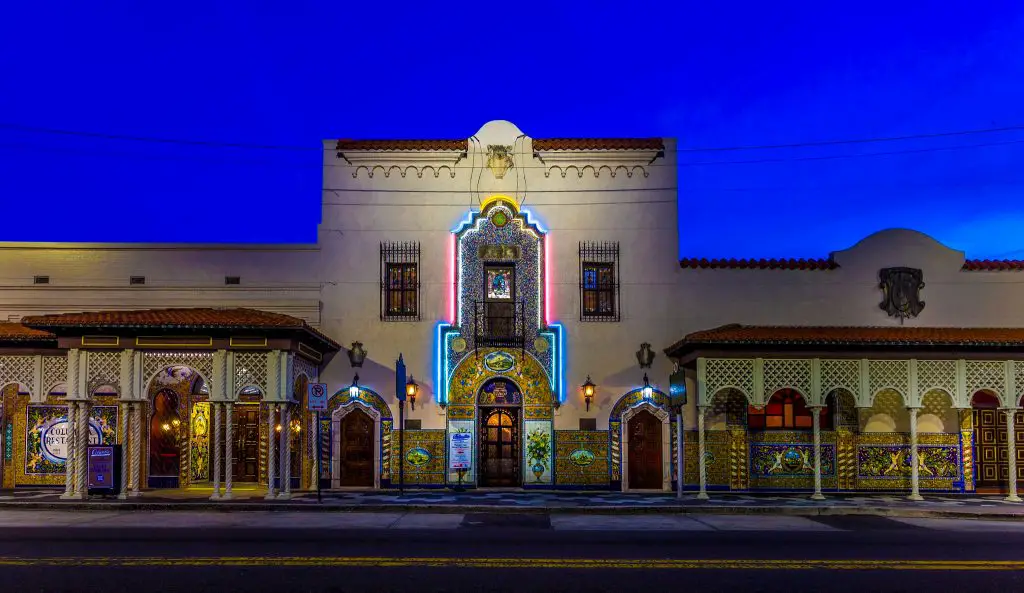
The Columbia itself started off as a saloon back in 1903, and by 1920 converted into a full-fledged restaurant. The sandwich that made the Columbia popular was known simply as the Cuban mixto, due to its mixture of different meats and flavors. The popularity of the Columbia Cuban sandwich continued to grow throughout the early 1900s, allowing the family-owned business to expand its seating capacity to over 1,700.
Salami
But Cubans were not the only ones rolling cigars in Ybor city. In fact, there were a wide variety of immigrants in the city, working at the factories. These immigrants included those from various parts of Latin America as well as Italy. It was the Italian population in Ybor that caused the Columbia to begin adding salami to the Cuban sandwich.
The biggest point of contention when it comes to identifying the exact location of the first traditional Cuban sandwich, comes down to the addition of salami. Those who support the idea that the first Cubano had been created in Key West, point out the fact that salami is Italian, and not Cuban.
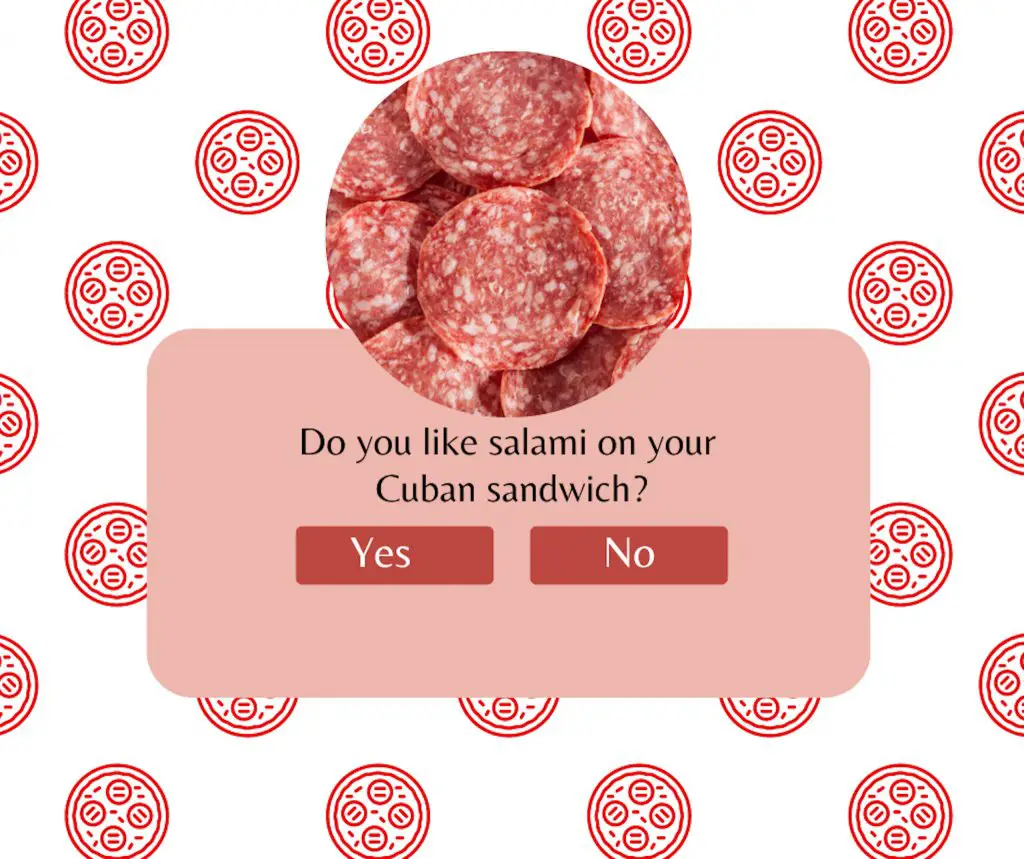
Those who assert that Tampa was the location of the first Cubano point out that the sandwich had originally been made without salami, and that the meat was only added later in order to accommodate the growing number of Italian immigrants moving to Ybor city. Regardless of whether you agree that the first Cubano was created in Key West or Tampa, the only real records that are available today identify the Columbia as the creator of the first true Cuban sandwich.
Why Is Cuban Bread Important?
A Cubano would not be a Cubano if it were not for the traditional Cuban bread.
Traditional Cuban Bread
The Spanish introduced Cubans to flour and bread made from the grain. Prior to that most bread made on the island nation was composed of casabe. This cracker like flatbread was made from the yuca plant, and was known to be quite dangerous to eat if it was not prepared properly. After the arrival of the Spanish, many traditions in Cuba were lost, the flatbread was one of these such traditions.
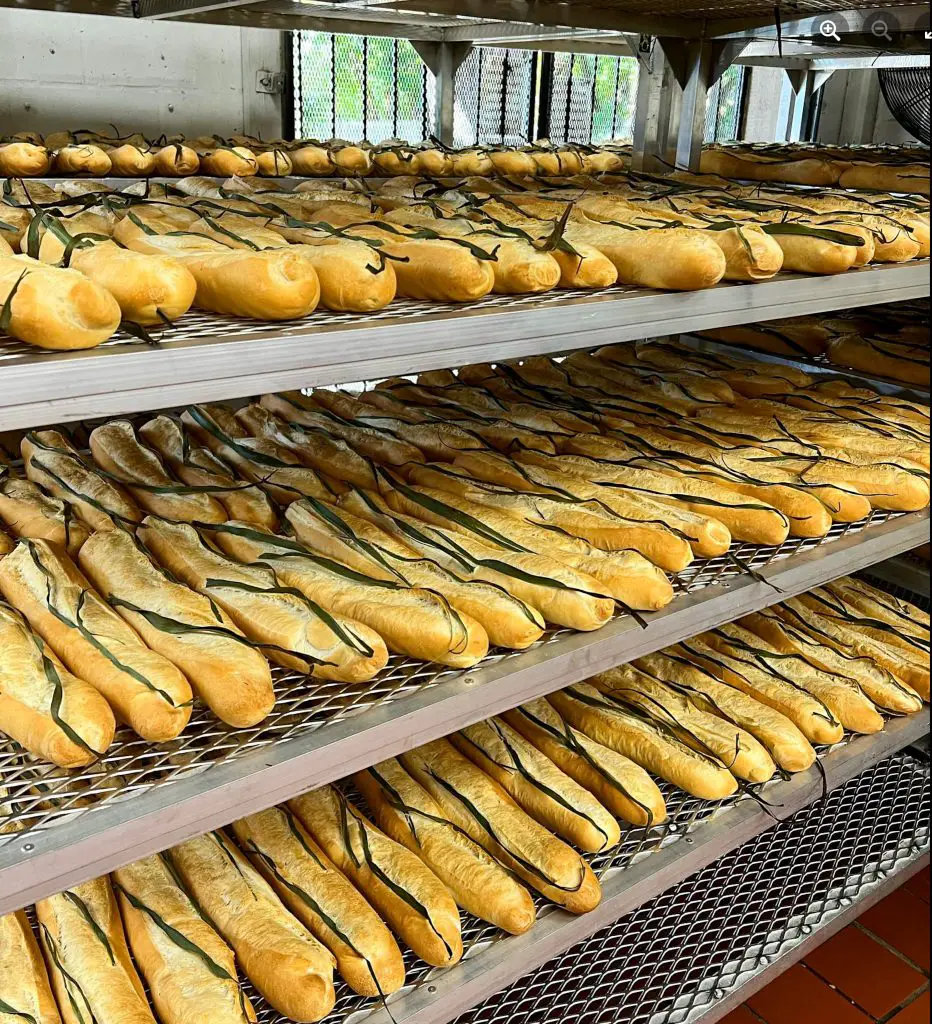
In its simplest form, traditional Cuban bread is known as water bread. Or more simply, it is merely flour and water mix together then baked. But Cuban bread is much more than just that. Back in the day, ensuring that the bread was properly cooked meant keeping a constant watchful eye on the old fashion wood-burning ovens. There were no electronics back then to maintain the oven temperatures, and one of the most popular methods of determining whether the oven and was getting too hot, was to lay a strip of Palmetto leaf along the crown of the loaf.
La Segunda Bakery
The roots of the La Segunda Bakery date back to the 1890s, in Catalonia, Spain. A conscript for the Spanish army set sail for Cuba to fight in the Spanish-American war. It was a time of great turbulence in Cuba, a small island nation that was seen by the Spanish as a strategic location in the Caribbean. Juan Moore eventually deserted the Spanish army in Cuba, and made his way to South Florida in 1898, arriving in Saint Augustine, before eventually making his way to Ybor city. It was there that he introduced his version of Cuban bread at the La Primera de Ybor bakery. Eventually, he would buy out the original bakery, and create the La Segunda Central in 1915.
Back in those days, bread was delivered much like milk was. Most homes located throughout Ybor city had nails near the back door, where bread could be delivered fresh every single day. Many residents of the city had contracts with the bakery, and the bread was simply impaled on the nail next to the doorframe. As the city began to increase in size, the demand for the fresh Cuban bread also increased. And by 1915, the La Segunda Bakery was producing tens of thousands of loaves of Cuban bread every single morning, the vast majority of them would eventually become a Cubano sandwich.
What Is a Medianoche?
Havana was known for having a very active nightlight. During the daytime, the mixto was without question one of the most popular choices for both Cubans and tourists alike. But it wasn’t the best option for those who are active in the evenings. When it came to eating a light meal late at night, the sandwich of choice was the medianoche. Known simply as a midnight sandwich, it was served on egg bread rather than traditional Cuban bread, and was considered by many to be a lighter version of the popular mixto.
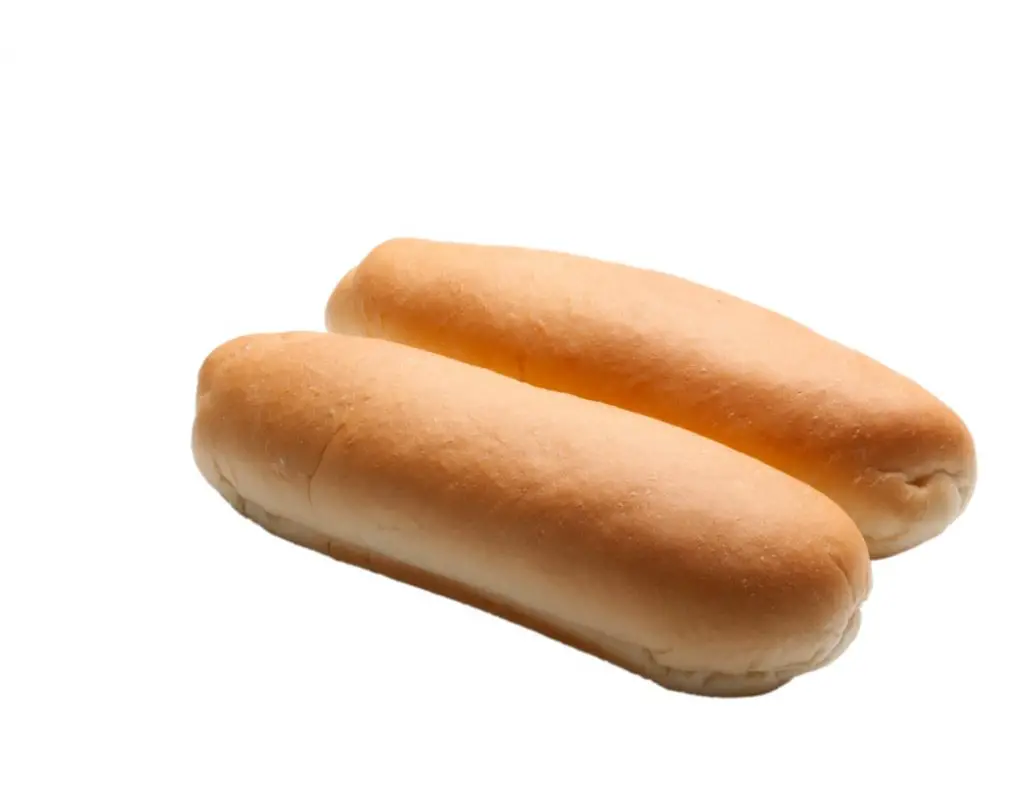
It was the perfect nocturnal snack for both theatergoers, as well as the dancers who performed on the stage. And naturally, as Cuban immigrants made their way to South Florida, and Ybor city during the late 1800s and early 1900s, they took with them this popular tradition. Just like Havana, Ybor city had a very lively nightlife. After a long evening with friends and family, a medianoche was the perfect way to end the day.
What Is a Lonchero?
But the Cuban sandwich would never exist if it weren’t for the profession of the lonchero. They were the unspoken heroes of the sandwich industry. Their sole job was to cut and carve the meat used in the popular Cuban sandwiches. Regardless of whether it was a mixto, Cubano, or even a medianoche, the sandwich needed carefully, and slimly carved slices of meat. Back in 1943, an article in the Chicago Tribune described the profession in artistic detail, when they explained that a Cuban spiced ham would be hung from the ceiling of the deli by a rope, and the lonchero would delicately spin the ham carefully cutting thin slices of meat with a flashing knife, and catching it in mid-air on a fresh loaf of Cuban bread – making the perfect Cuban sandwich every single time.
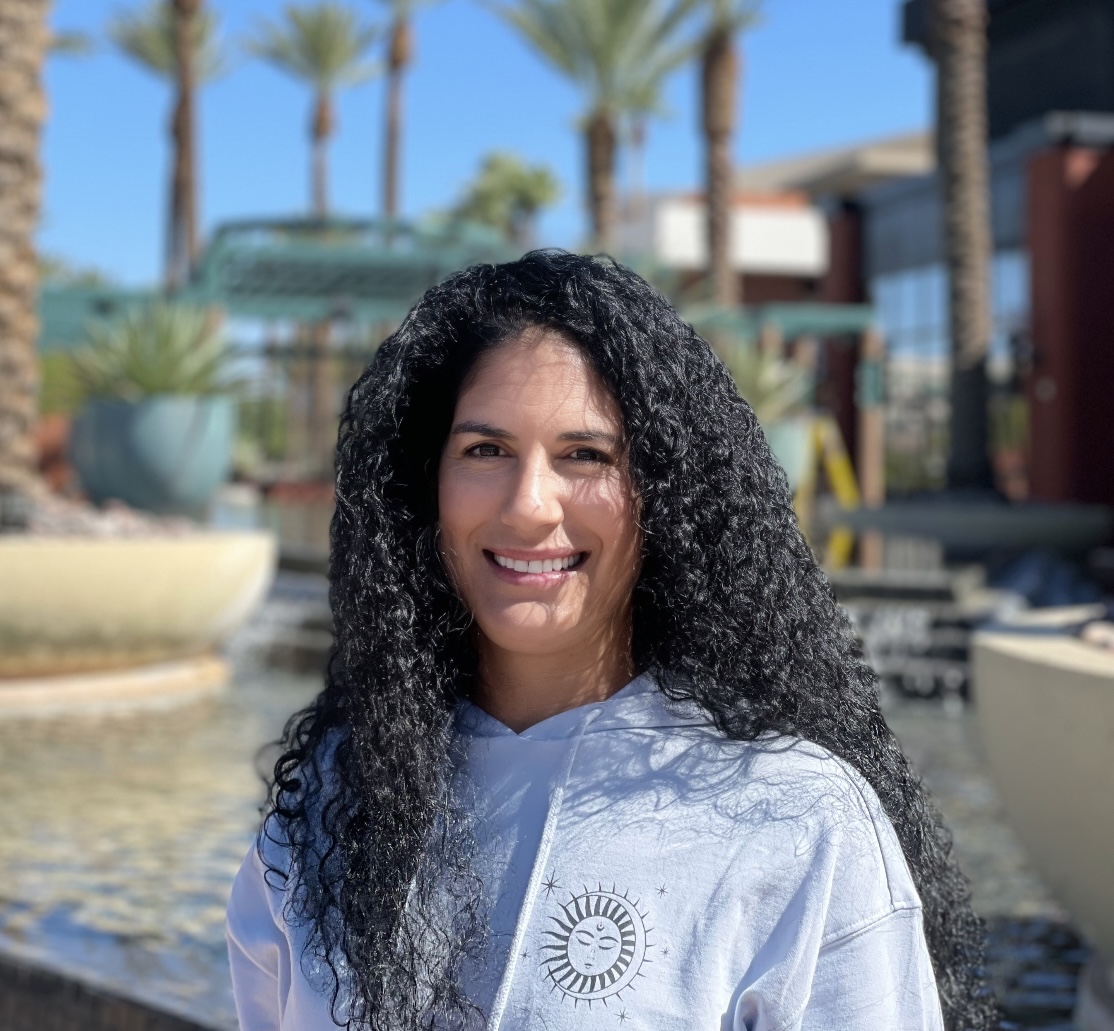
Explore the Essence of Cuban Cuisine with Noelle – a devoted culinary enthusiast enamored by Cuban flavors for over 30 years. Guided by her husband’s mami and abuela, she refined her skills using the ‘by eye’ technique, converting cherished recipes into precise culinary treasures. Continuously enriching her expertise, Noelle actively engages in cooking classes, infusing her platform with measured recipes and an authentic taste of Cuban food, inviting the world to savor the essence of this vibrant cuisine.

